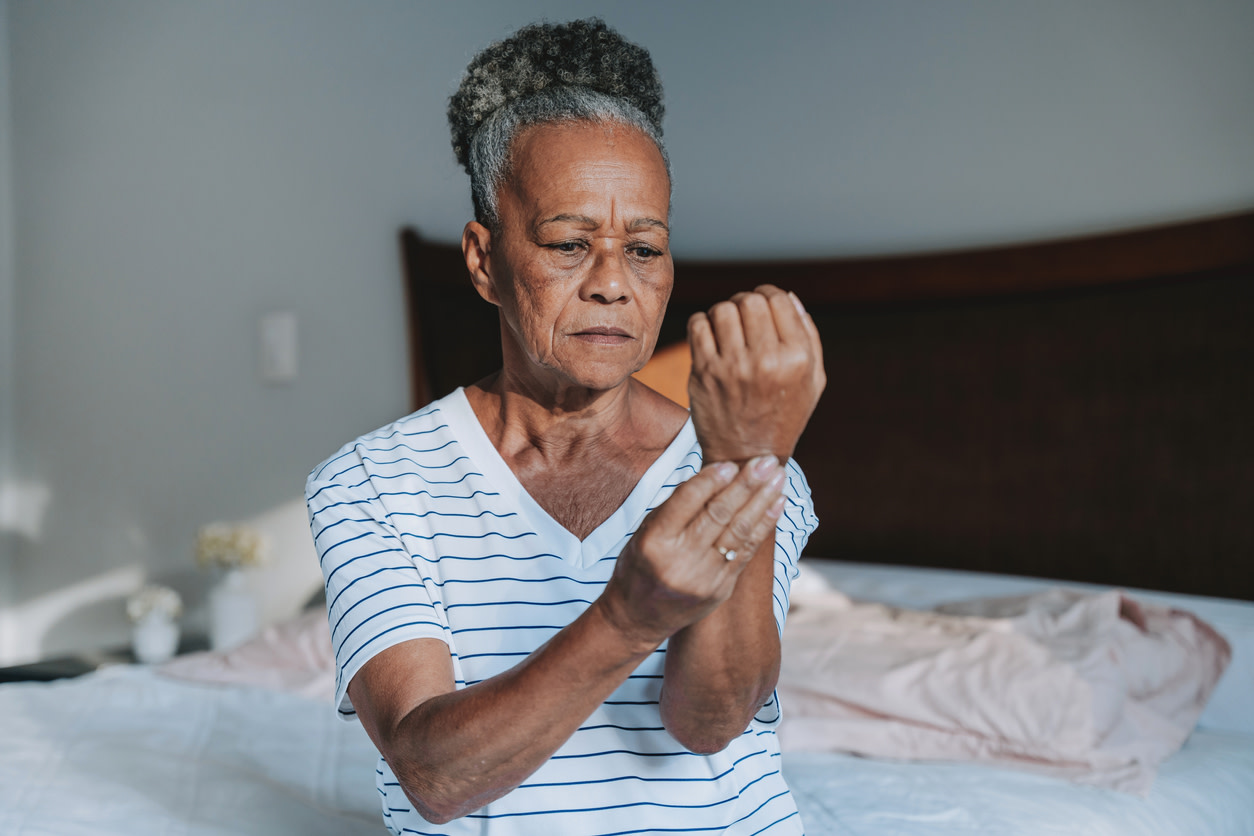Wrist Pain: Treatment Tips and Exercises from Physical Therapists
Learn common causes of wrist pain, symptoms to watch for, and simple exercises to help prevent and treat discomfort.
$0 costo para usted
Fecha de Publicación: Nov 6, 2024
El índice
Fully covered hand or wrist pain relief
Find relief from hand pain, wrist pain, finger joint pain, & more.
Check if I'm eligibleExercises for Wrist Pain
¿Quieres atención de expertos? Consulta si estás cubierto por nuestro programa gratuito →- Wrist Bends
- Wrist Rotations
- Wrist Side Bends
- Wrist Extensor Stretch
- Wrist Flexor Stretch
